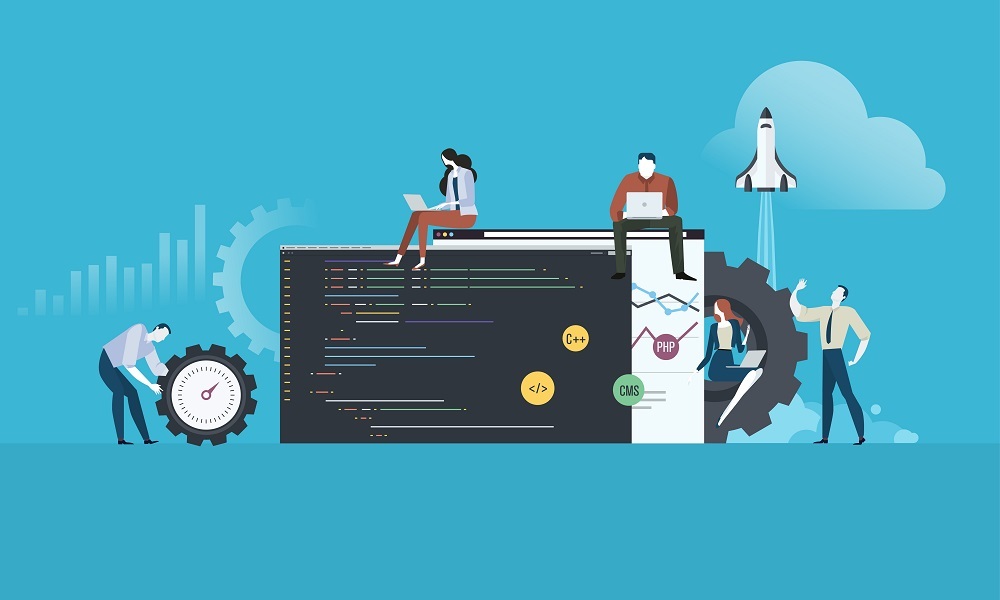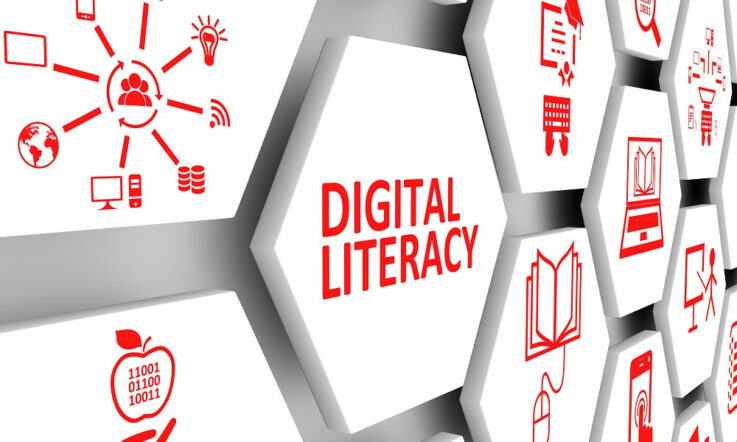Welcome to this month's edition of Researching education: Five further readings. In this series, we take a look at some further readings available on a particular topic, including open access research papers from various online databases, and Teacher archive content you might not have come across yet.
What are the key characteristics and concepts of computational thinking? What support do teachers need on the topic? And, how can a student’s performance of computational thinking be assessed? In this edition of Researching education: Five further readings, we are sharing a range of resources which seek to answer these questions and more.
- Computational thinking task design and assessment. In this article in New South Wale’s Department of Education’s online journal Scan, the authors discuss the key characteristics and concepts of computational thinking, and how it links to the general capabilities. They also discuss the assessment of computational thinking by exploring assessment models and providing examples of assessment task designs.
- Exploring the Multimodality of Young Children's Coding. Researchers from Curtin University are looking at the development of computational thinking in the early years through the use of coding activities. Their study involved educators of children in kindergarten and aimed to answer two questions: How do educators engage young children with authentic and integrated learning that incorporates tangible coding technologies in the learning environment? And, what are the multimodal representation demands and opportunities evident in young children's play with digital coding technologies?
- Improving the computational thinking pedagogical capabilities of school teachers. This paper published in the Australian Journal of Teacher Education investigates whether teachers have computational thinking pedagogical capabilities to teach children, and the important professional development and training areas for teachers. ‘Data indicated that teachers' computational thinking understanding, pedagogical capabilities, technological know-how and confidence can be improved in a relatively short period of time through targeted professional learning,’ the authors report.
- Assessing computational thinking. Daniel Duckworth from ACER outlines the role of computational thinking in the Australian Curriculum, some examples of computational thinking curriculum assessment, and a condensed literature review of computational thinking as conceptualised by the International Computer and Information Literacy Study (ICILS) 2018. You may also want to access the ICILS 2018 report, in particular Chapter 4, which focuses on students’ computational thinking.
- Digital Technologies Hub: Computational Thinking. These resources on computational thinking from the Digital Technologies Hub, developed by Education Services Australia for the Australian Government Department of Education, Skills and Employment, cover curriculum links from Foundation to Level 10. You can also access lesson ideas, games for the classrooms, and case studies.
Some of the resources featured in this article can be found through Cunningham Library Catalogue and EdResearch Online. At the links below, you can search for more resources on the topic of computational thinking in these two online databases.
- Computational thinking: Cunningham Library Catalogue
- Computational thinking: EdResearch Online
The Cunningham Library membership is open to individuals, schools and organisations. Membership includes access to a comprehensive collection of education research literature; weekday alerts to a selection of Australian education news; fast supply of articles and books from the collection; support in finding research; and an integrated online search tool that works across all our resources.
To become a library member, visit the website.



